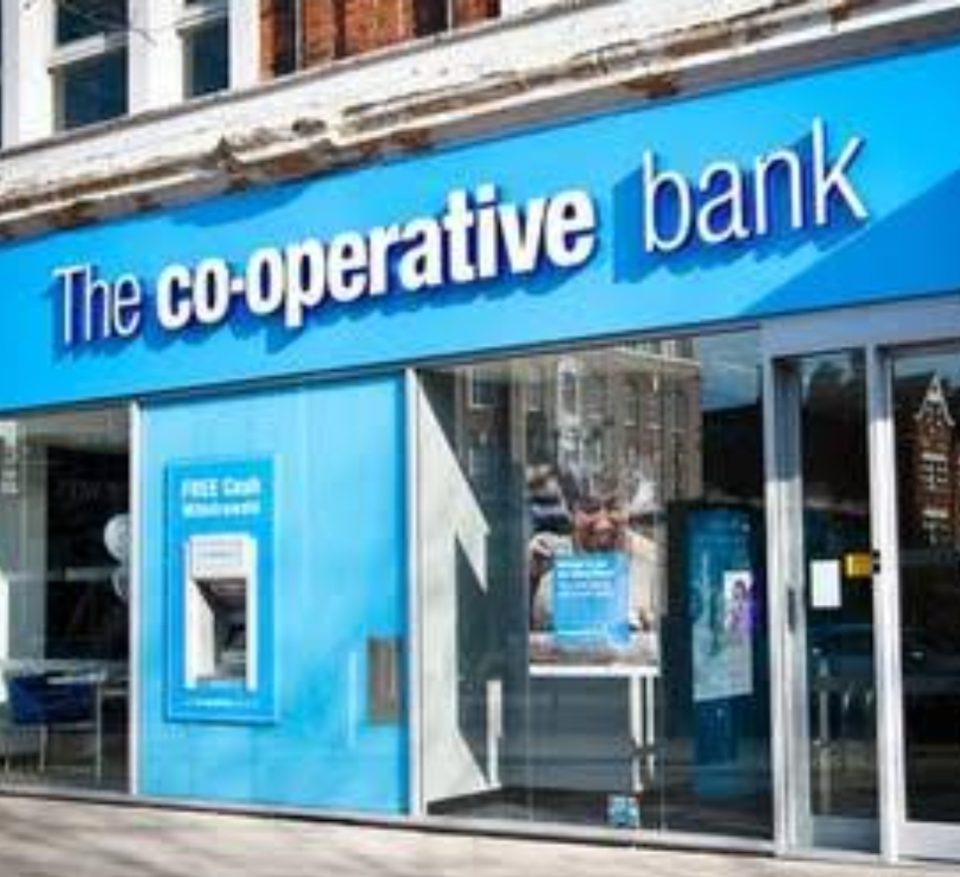The Aadhaar-Cooperative Banking Revolution: Transforming Rural Finance for 380+ Banks
Picture this: millions of farmers in remote villages can now open bank accounts using just their fingerprints. This isn’t science fiction—it’s the reality unfolding across India’s cooperative banking sector. Meanwhile, the Unique Identification Authority of India (UIDAI) has launched a groundbreaking framework that promises to revolutionize how over 380 cooperative banks serve their rural customers.
This transformation touches the lives of ordinary people in extraordinary ways. Furthermore, it represents the largest digital banking initiative ever undertaken in India’s cooperative sector.
Understanding the Digital Banking Breakthrough
The new framework simplifies everything. Instead of requiring each bank to develop separate IT systems, only State Cooperative Banks register as Authentication User Agencies (AUA) and eKYC User Agencies (KUA). Subsequently, District Central Cooperative Banks (DCCBs) seamlessly access services through their state-level institutions. This approach eliminates bureaucratic complexity while dramatically reducing operational costs.
Additionally, the system introduces “DCB-ID” identifiers that allow district banks to operate under their state umbrella. Consequently, smaller banks avoid the burden of maintaining expensive IT infrastructure independently. Moreover, this streamlined approach ensures consistent service delivery across the entire network.
The framework covers an impressive scope. Specifically, it encompasses 34 State Cooperative Banks and 352 District Central Cooperative Banks nationwide. Therefore, virtually every cooperative banking institution gains access to advanced Aadhaar authentication services. Furthermore, this comprehensive coverage ensures no rural community remains excluded from digital banking benefits.
Real-World Impact on Customer Experience
Consider how banking transforms for rural customers. Previously, account opening required multiple visits to bank branches, accompanied by numerous documents. Now, customers simply provide their Aadhaar number and biometric verification. Consequently, the entire process becomes paperless and efficient.
Biometric eKYC technology enables instant account verification. Similarly, face authentication adds another layer of security without complicating the user experience. Therefore, even customers with limited literacy can navigate the system easily. Additionally, these technologies work reliably in areas with poor internet connectivity.
Direct Benefit Transfers become seamless under this framework. Government subsidies and welfare payments flow directly into cooperative bank accounts using Aadhaar verification. Thus, beneficiaries avoid the delays and corruption often associated with cash distributions. Moreover, this creates a reliable audit trail for government spending.
Analyzing the Financial Inclusion Impact
The numbers tell a compelling story. Cooperative banks serve over 10.5 crore customer accounts across India, with the majority being farmer members. Furthermore, these institutions represent the backbone of rural credit delivery.
According to NABARD statistics, the cooperative sector’s share in agricultural credit flow increased to 13.0% in FY 2021-22, reversing years of decline. However, significant challenges remain. The NABARD Financial Inclusion Survey reveals that 29% of rural households still lack easy access to formal banking institutions. Additionally, only 66% of rural households currently have access to banking services. Therefore, the Aadhaar framework addresses critical gaps in financial inclusion.
The Aadhaar Enabled Payment System (AePS) shows remarkable growth. NPCI data indicates 49.3 crore monthly transactions worth ₹62,375 crore in June 2024, representing 18.4% year-over-year growth. Consequently, rural customers increasingly depend on digital authentication for banking services.
Technical Infrastructure and Support Framework
NABARD provides crucial financial backing for the initiative. The organization bears infrastructure setup costs including Authentication Data Vault and Hardware Security Module expenses. Additionally, NABARD covers miscellaneous onboarding-related expenses. Therefore, smaller cooperative banks face minimal financial barriers to participation.
NPCI offers comprehensive technical handholding throughout the process. The organization provides prioritized test slots and faster integration cycles for participating banks. Furthermore, NPCI conducts joint training sessions with other stakeholders. Thus, banks receive the support necessary for successful implementation.
UIDAI ensures regulatory compliance through advisory support during onboarding. The authority provides technical handholding for meeting compliance requirements. Moreover, UIDAI treats District Central Cooperative Banks and their respective State Cooperative Banks as single entities for licensing purposes. Therefore, regulatory complexity decreases significantly.
Challenges and Strategic Considerations
Digital literacy remains a persistent challenge in rural areas. Studies indicate that only 30% of rural populations understand basic financial concepts. Therefore, comprehensive training programs become essential for successful adoption. Additionally, banks must invest in customer education initiatives.
Cybersecurity threats pose significant risks as cooperative banks digitize their operations. Research emphasizes the need for robust cybersecurity measures to protect member data and ensure secure transactions. Furthermore, cooperative banks often lack specialized expertise in cybersecurity. Consequently, they require external support for implementing adequate protection measures.
Infrastructure limitations create additional hurdles. Many rural areas suffer from poor internet connectivity and limited digital awareness. Therefore, banks must collaborate with telecommunications providers to improve service delivery. Additionally, government initiatives like PMGDISHA aim to enhance digital literacy among rural populations.
Economic and Social Transformation Potential
The framework’s economic impact extends beyond banking services. By reducing transaction costs and improving efficiency, cooperative banks can offer more competitive products. Furthermore, digital authentication enables banks to serve customers in remote locations through business correspondents. Therefore, the geographic reach of financial services expands significantly.
Rural entrepreneurship receives a substantial boost from improved banking access. Farmers and small business owners can access credit more easily through streamlined processes. Additionally, transparent digital transactions reduce opportunities for corruption in loan disbursement. Consequently, honest entrepreneurs gain better access to capital.
Women’s financial empowerment accelerates through this initiative. Self-Help Groups, which predominantly serve women, benefit from improved banking integration. Furthermore, digital authentication makes banking services more accessible to women who may face mobility constraints. Therefore, gender-based financial inclusion improves substantially.

Future Outlook and Strategic Implications
The cooperative banking sector stands at a transformation crossroads. By March 2025, NABARD expects complete digitization of cooperative banks nationwide. Furthermore, the Reserve Bank of India has mandated Core Banking Solutions implementation across all cooperative institutions. Therefore, this Aadhaar framework represents just the beginning of comprehensive modernization.
Fintech collaboration opportunities multiply as banks digitize their operations. Smaller cooperative banks, currently unable to invest heavily in technology, gain access to innovative solutions. Additionally, fintech companies find new markets for their products and services. Consequently, the rural financial ecosystem becomes more dynamic and competitive.
Climate finance and sustainable agriculture receive enhanced support through digital banking platforms. NABARD is developing value chain financing models that integrate production, processing, and marketing aspects. Furthermore, blockchain-based crop traceability systems enable transparent supply chain management. Therefore, farmers gain access to premium markets for their products.
Conclusion: A New Era in Rural Banking
The Aadhaar-cooperative banking framework represents more than technological advancement—it embodies social transformation. By making banking services accessible to millions of previously underserved customers, this initiative advances financial inclusion goals significantly. Furthermore, it demonstrates how public-private collaboration can address complex development challenges.
The success of this framework depends on sustained commitment from all stakeholders. Government agencies, cooperative banks, technology providers, and rural communities must work together to overcome implementation challenges. Additionally, continuous monitoring and adaptation ensure the system evolves to meet changing needs.
Ultimately, this initiative positions cooperative banks as catalysts for rural economic development. By leveraging technology to improve service delivery while maintaining their community-focused approach, these institutions can thrive in the digital age. Moreover, they continue serving their fundamental mission of empowering rural communities through accessible financial services.
The transformation has begun. With 380+ banks now equipped with Aadhaar authentication capabilities, millions of rural Indians gain unprecedented access to modern banking services. Therefore, this framework marks a pivotal moment in India’s journey toward comprehensive financial inclusion and rural prosperity.

